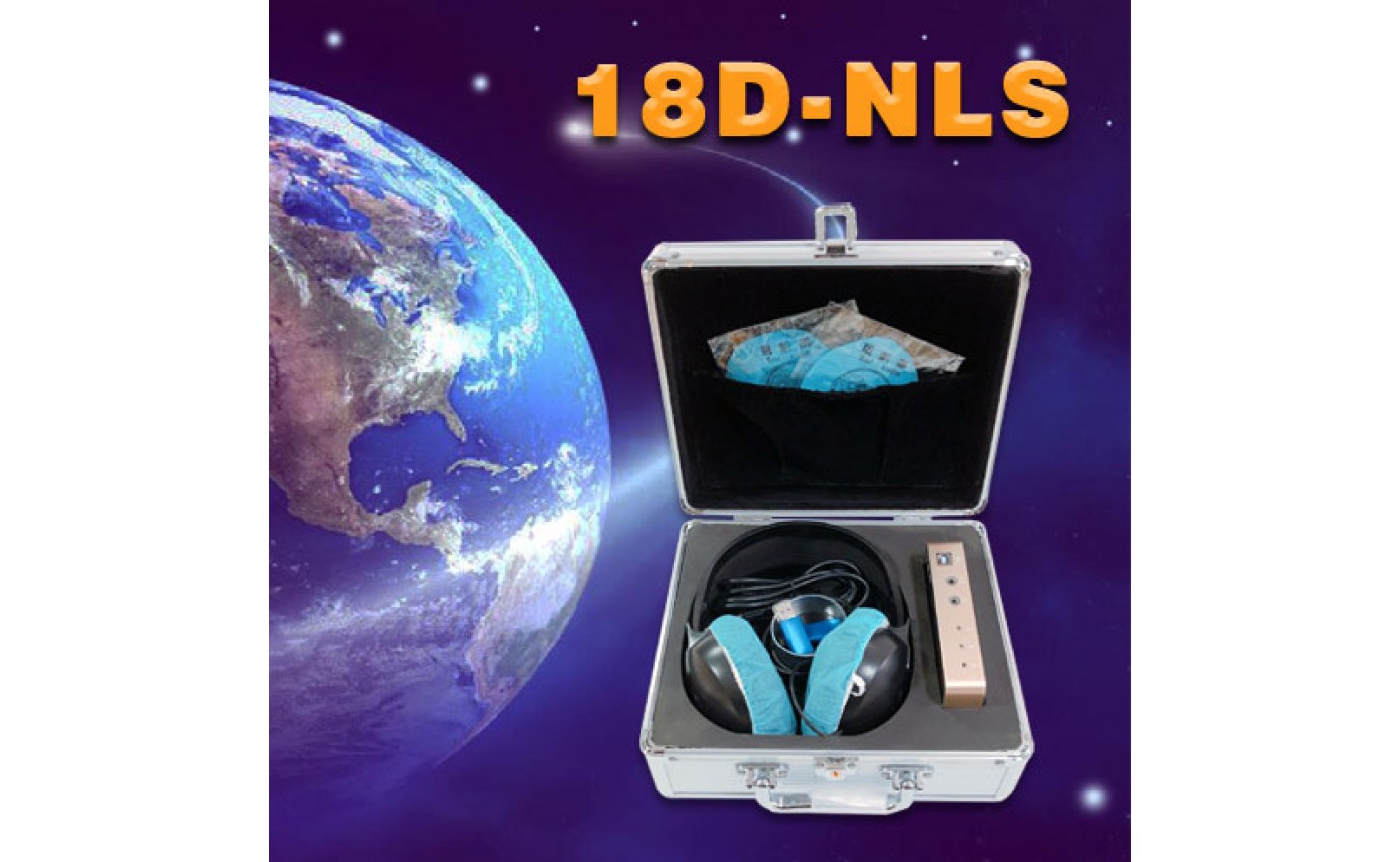CT And 18D NLS In Degenerative-dystrophic Damages Of Intervertebral Discs
Concerning the invasive research method as myelography: with available modern CT and NLS equipment practicability of myelography application may be considered only for examination of patients with spinal stenosis combined with scoliosis.
CT provides required information about topographic and anatomical relations in spinal segment, specifies the charecter of bone tissue pathological damages and visualises the vertebral canal and paravertebral area structures. CT has high sensitivity in detection of protrusions and vertebral hernia, allowing us to specify their localisation and degree of volumetric damage. In the first place CT is prescribed in cases when according to radiology reason of pain syndrome is, probably changes of in the bone structure of vertebrae like osteophytes, stenosis of vertebral canal, dysplasia, development abnormalities, spondylolisthesis, spondylolysis, spondylarthrosis and tumors.
Taking into consideration radio stress, CT examination is usually limited by two intervertebral discs, where radicular syndrome is detected clinically.
Nowadays, in our opinion, the most accurate method of degenerative damages diagnostics is 18D NLS-scanning together with spectral-entropy analysis (SEA) of cartilaginous and bone tissue in affection area.
Thanks to high resolution of NLS-equipment, this method not only reveals morphological damages, but also provides information about degree of changes in degenerating discs.

